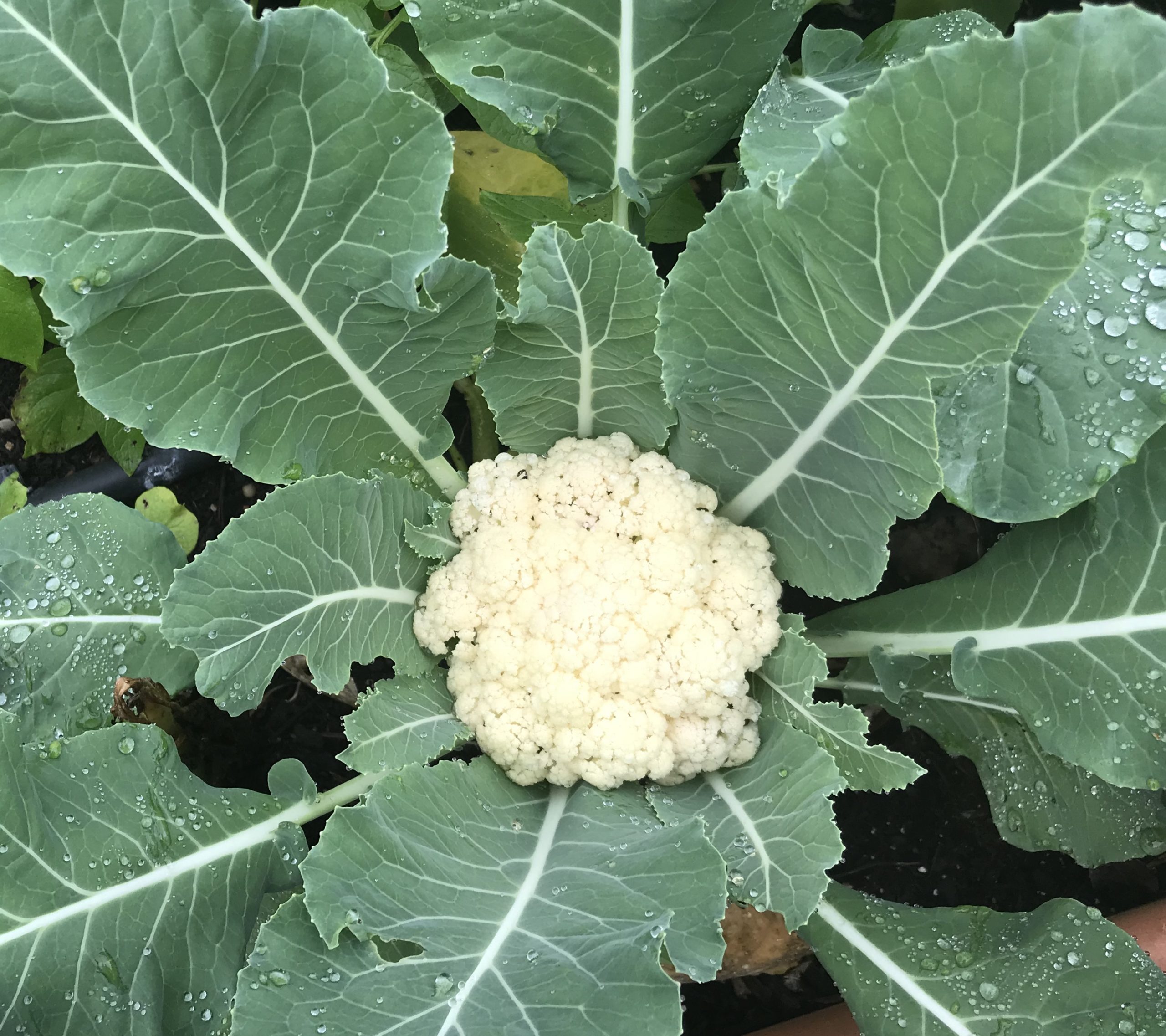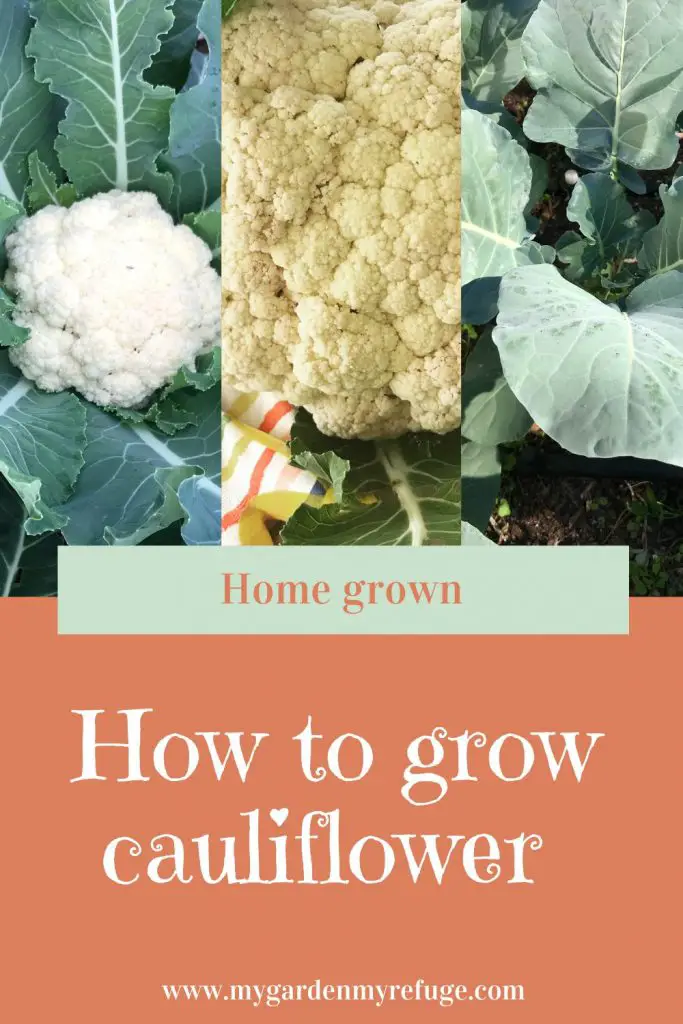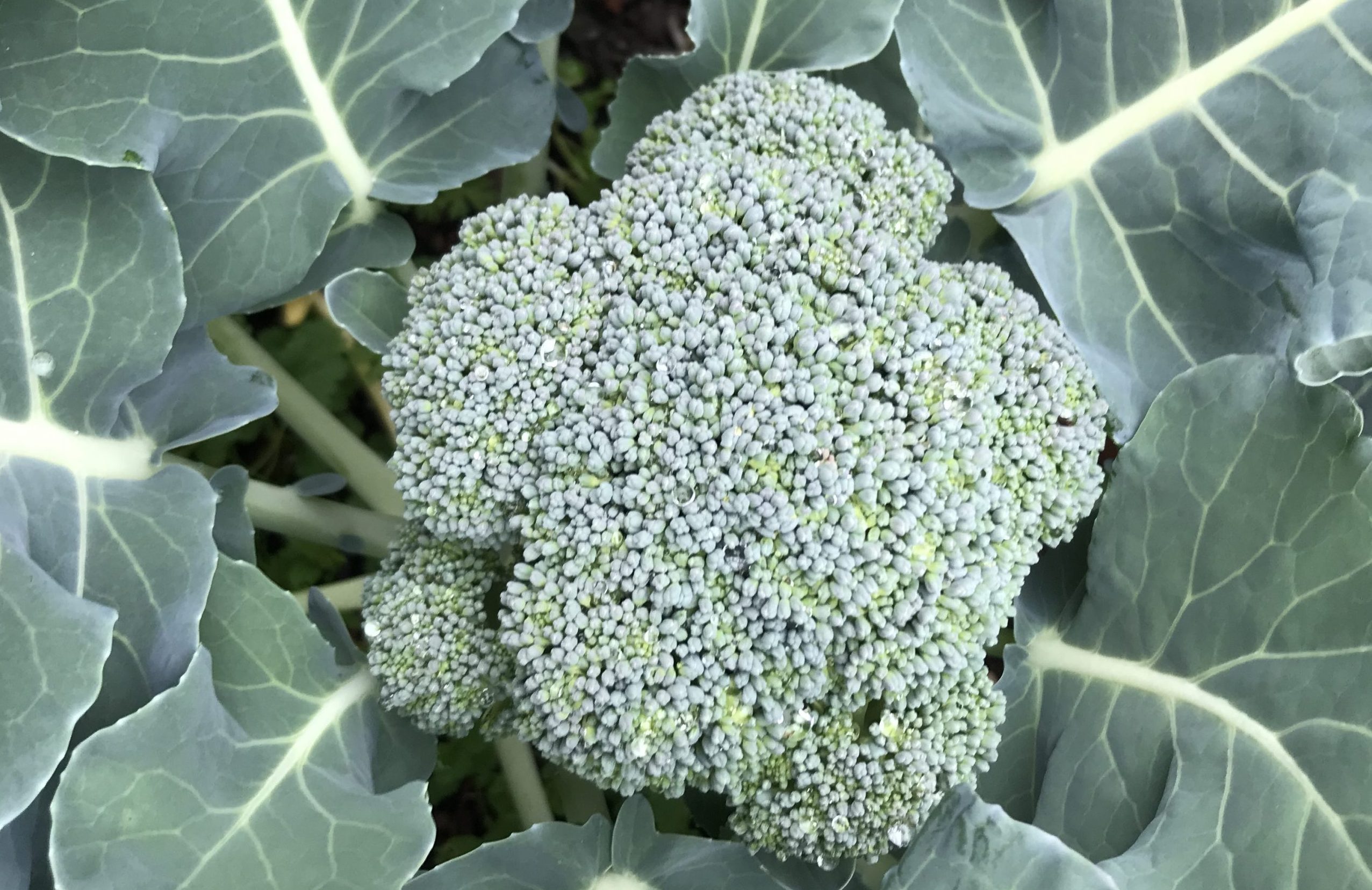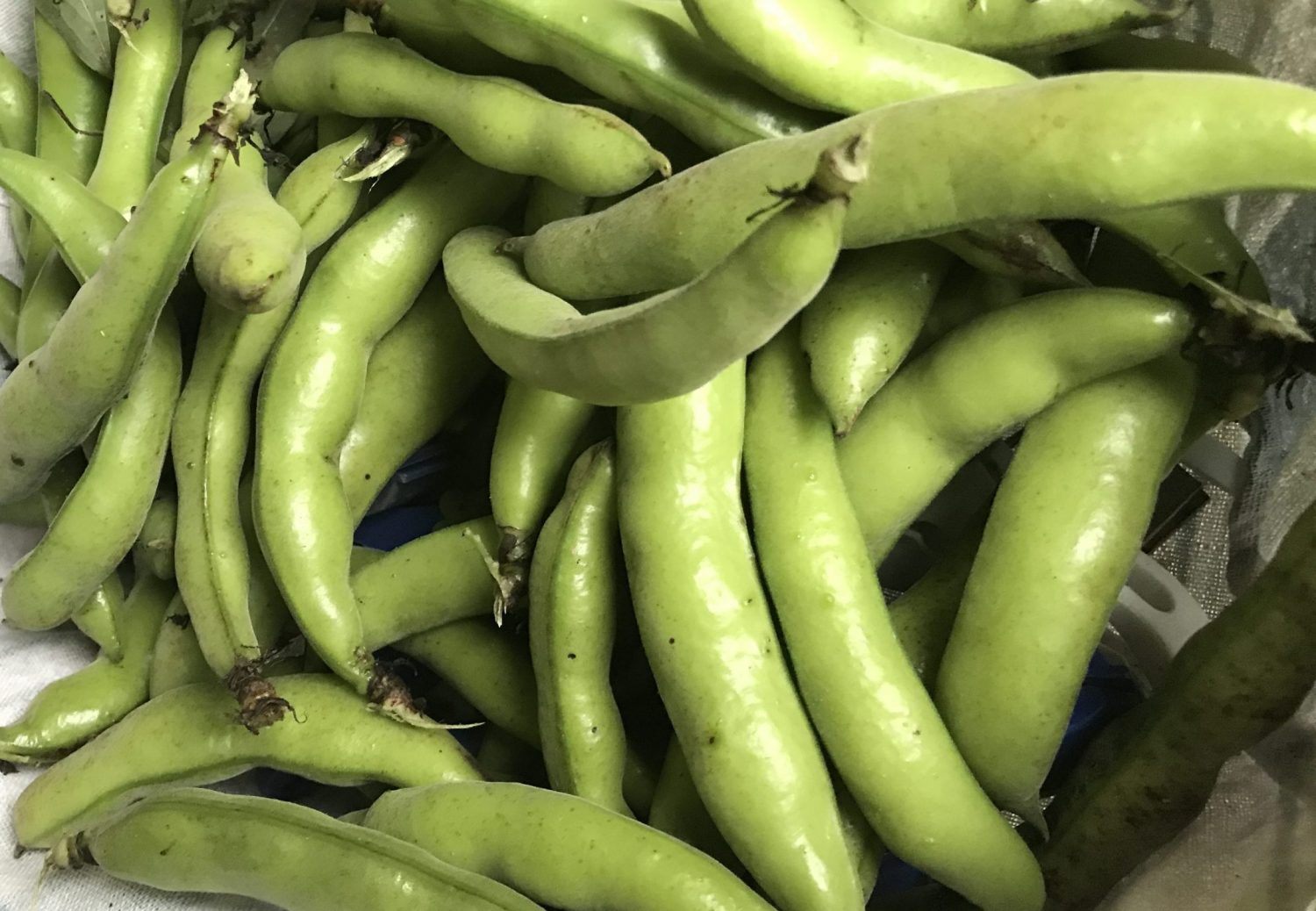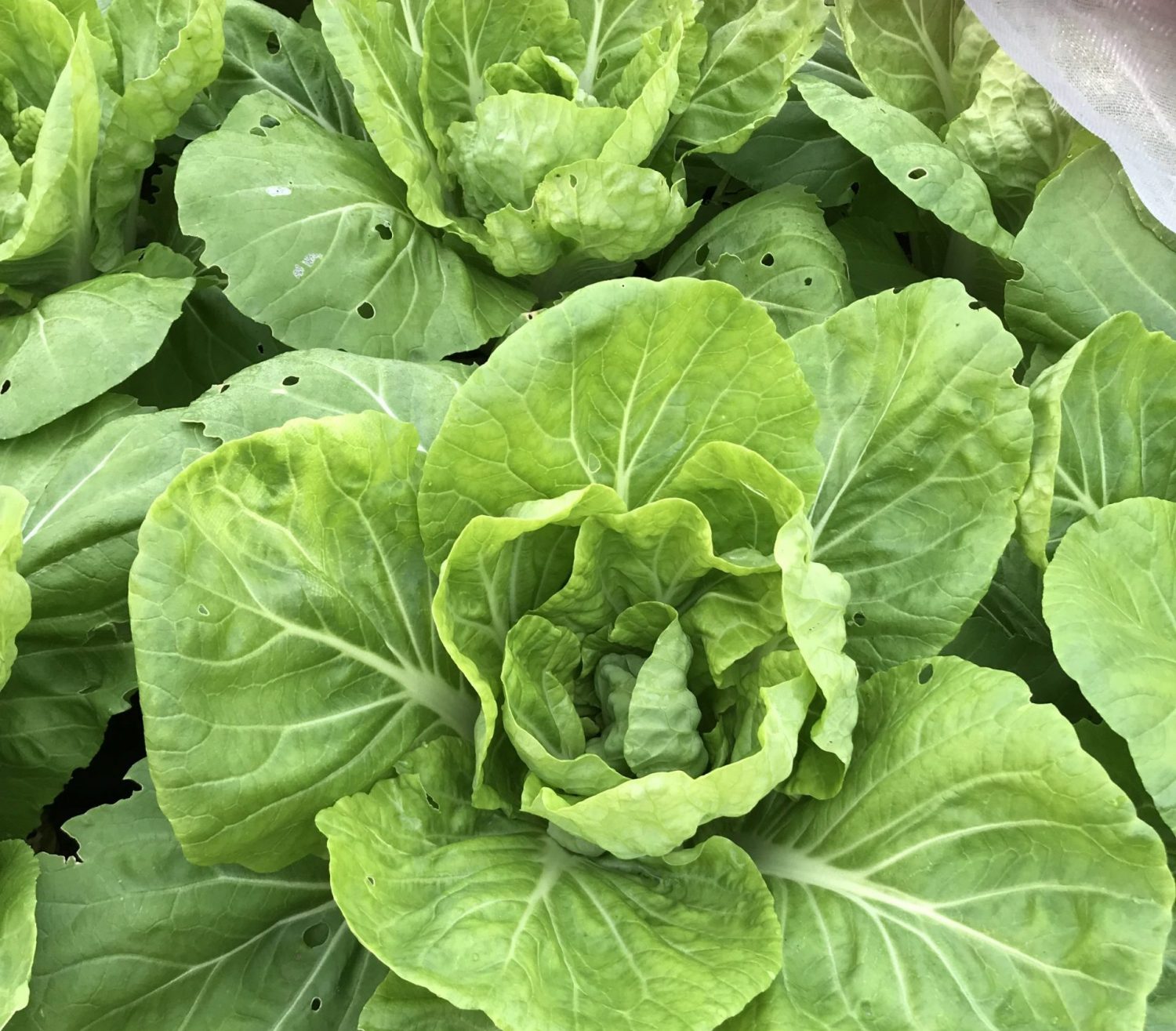When to grow cauliflower in central Texas?
Cauliflower is a cool-season crop. It enjoys temperatures below 75F (25C) during the day, which central Texas reaches around October. However, summer has been lingering the last few years until November.
In that case, you are better off delaying the planting or providing shade to the plants. You may use shade for that purpose.
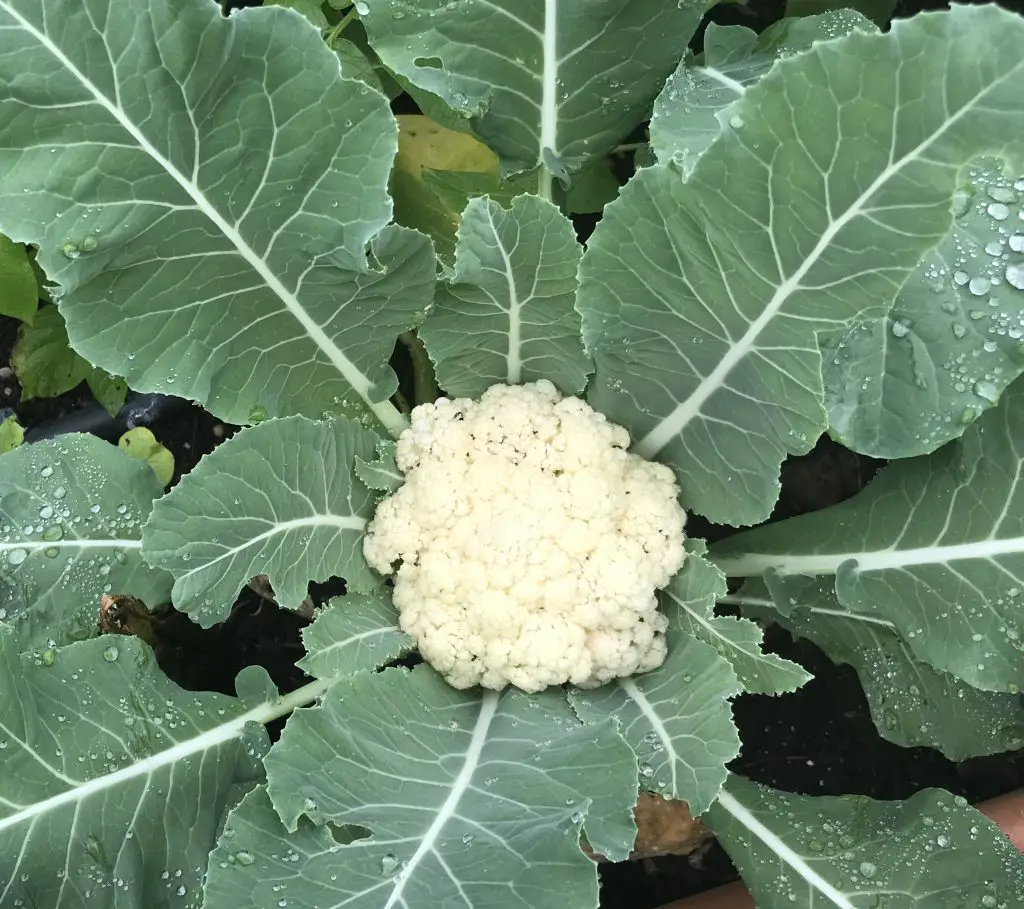
Grow cauliflower from seed vs. transplant
The answer to this question depends on how many plants you intend to grow. If you are a beginner, better get a few transplants from a local nursery, but if you aim to plant more than six plants, starting seeds would be a better choice.
Growing cauliflower from seed
Starting cauliflower seeds is easy, but using the suitable seed variety for your region is critical. Since summer is the most extended season in Central Texas, spring and fall tend to be too short. To the disadvantage of the cool-season crops, the unseasonal heat stresses the plants and stunts their growth, causing them to bolt.
How to choose cauliflower seeds?
When choosing cauliflower, or any cool-season crop, look for heat resistance and slow bolting varieties for some insurance. Some well-known varieties are Snow Crown and Amazing.
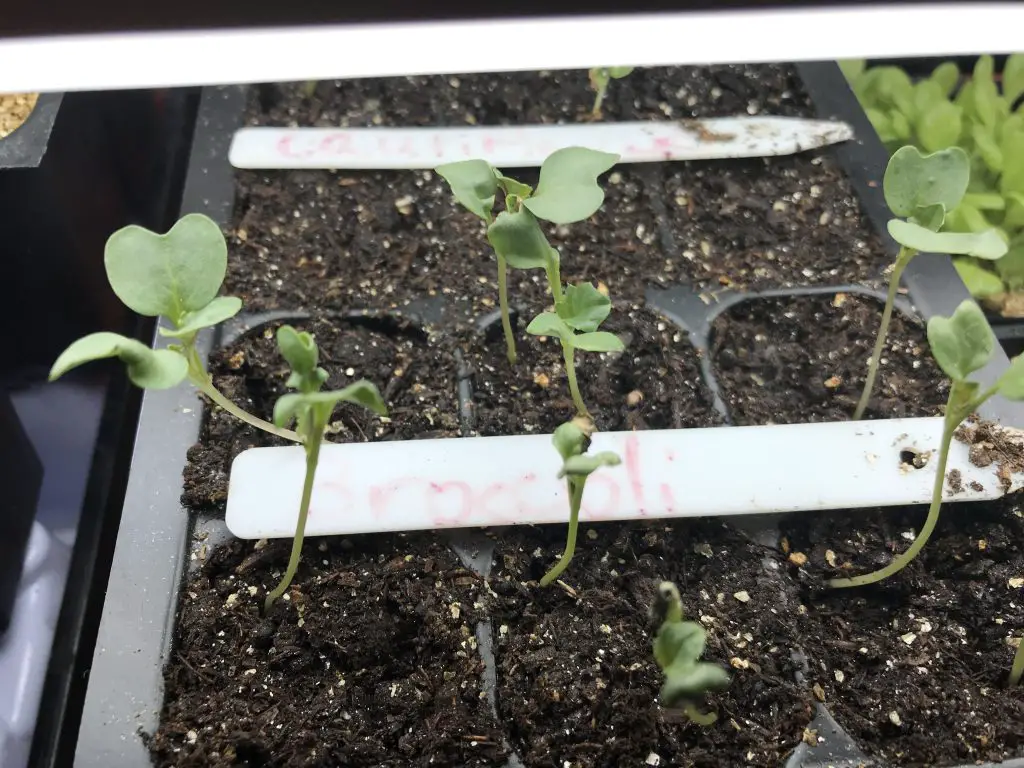
When to start seeds?
In the fall, start seeds in late August or early September. Keep seedlings indoors until the weather permits for transplanting.
How to start cauliflower seeds?
- Use clean seed starting cells with drainage holes.
- Fill the cells firmly with premoistened seed starting soil mix.
- Mark three small holes on the surface using a pencil tip.
- Put one seed in each hole.
- Cover the seeds, then water gently.
- They should emerge in three to four days.
- Keep the cells under grow-light for more robust seedlings.
- Start fertilizing with a low dose of organic fertilizer, such as seaweed, once the true leaves appear.
- You may thin seedlings, keeping only the strongest by carefully splitting the root ball or snipping the top.
When to plant cauliflower?
In central Texas, cauliflower grows in the cool season from October through March. Planting time varies yearly due to fluctuating temperatures, but the first planting usually takes place in September. After that, the planting window stays open until Mid January.
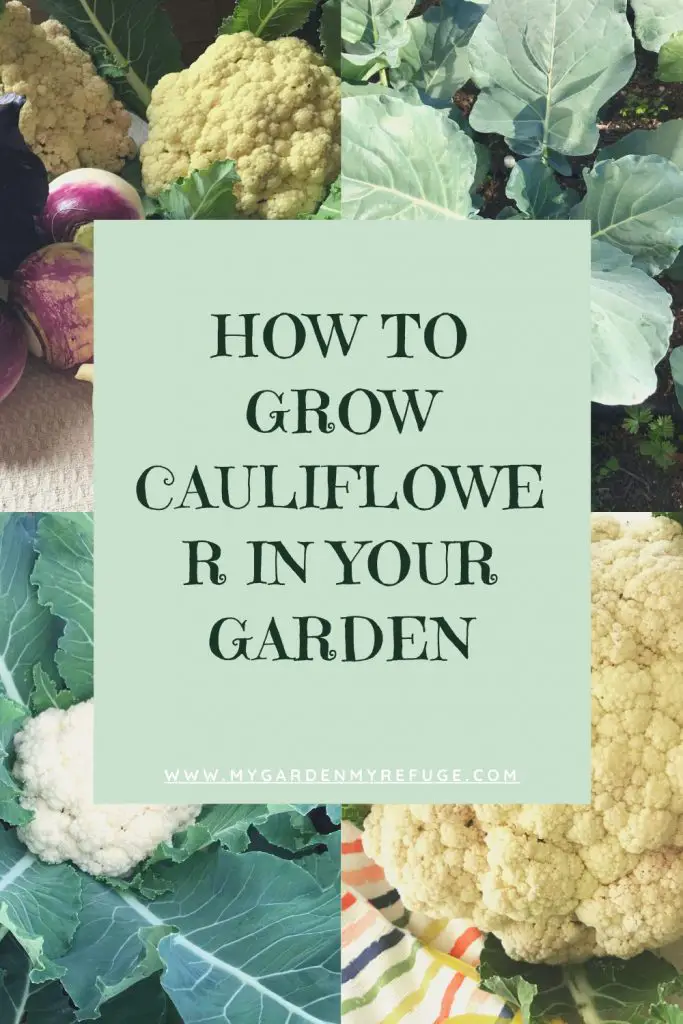
Soil requirements to grow cauliflower
Cauliflower requires fertile, well-draining soil that is firm enough to support the plant. Organic compost is a great amendment to fix any soil. It increases moisture retention in sandy soil and improves drainage in clay soil.
How much sun does cauliflower need to grow?
A site with full sun is the one that gets seven to eight hours of direct sunlight, and that’s what cauliflower needs for optimum growth. Conversely, less sun triggers slow development and mediocre production.
How much water does cauliflower need?
Water cauliflower regularly if rain is scarce, and avoid keeping the plants dry too long, which may stunt their growth.
Less frequent and deep watering is best to encourage a deeper root system. Shallow watering triggers the roots to stay at the surface, weakening the plant.
Does cauliflower need fertilizer?
Cauliflower is a hungry plant and needs regular feeding. You may use a slow-release fertilizer at planting time, followed by a side dressing mid-season.
Also, liquid seaweed is excellent for foliar feeding or drenching every three weeks.

Do I need to protect cauliflower from the cold?
Cauliflower thrives in cold weather, so you don’t need to protect it from frost or short freeze. However, it is vital to water the plants deeply before a freeze to reduce damage.
You will only need to protect cauliflower when the hard freeze lasts for more than 24 hours. Then, the ideal cover is the white row cover. It protects the plants while keeping the sunlight through.
You may use old bedsheets or fleece, but they get heavy when the ice melts. The familiar dark cover, sold in stores, is also helpful, but it will block the light from the plants, and that’s not good for the long run.
Blanching cauliflower
Blanching is the process of partially covering a plant to get a more significant white part. For example, if you are growing the white cauliflower variety, you must blanch it to keep the head white. Skipping this process will result in ahead with a green color shade due to photosynthesis.
To blanch cauliflower, bring the leaves around and tie them together on top of the head. You may keep it covered for a week or two until the head is ready for harvest.
Some varieties are self-blanching, such as Amazing cauliflower.
When to harvest cauliflower?
Cauliflower is ready for harvest when the head or curd is firm with vibrant color. Use a sharp knife to cut at the base of the head and not the plant.
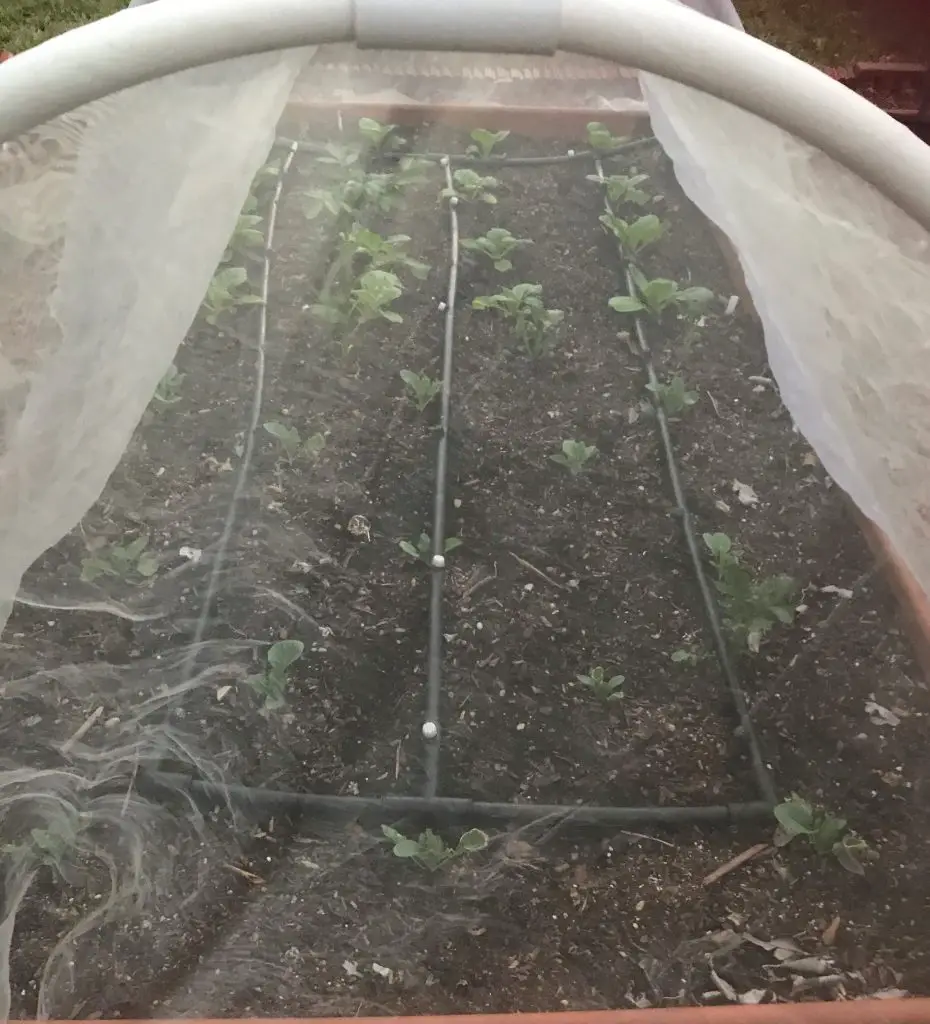
Growing cauliflower problems
Holes on cauliflower leaves
The main problem facing cauliflower home growers is white moths. They lay eggs on the leaves, which hatch into hungry green worms called Loopers. They feed on the leaves, and if not controlled early on, they can ravage the plant.
The best control is using a mesh cover right after planting. Otherwise, spray an organic caterpillar killer called BT.
Small cauliflower head
Getting a small head of cauliflower, otherwise known as buttoning, is caused by stress, either by heat or irregular watering. Therefore, the plant never grows to its proper size.
Purplish spots on cauliflower head
Cauliflower foliage may become discolored after exposure to frost. Fortunately, that does not harm the plant or affect its growth.
The head is sending shoots of flowers.
The cauliflower head is a cluster of flower buds. When the plant reaches maturity or undergoes heat stress, the buds open up into yellow flowers or Bolts. Fortunately, bees love brassica flowers, so you might leave them for the wildlife.
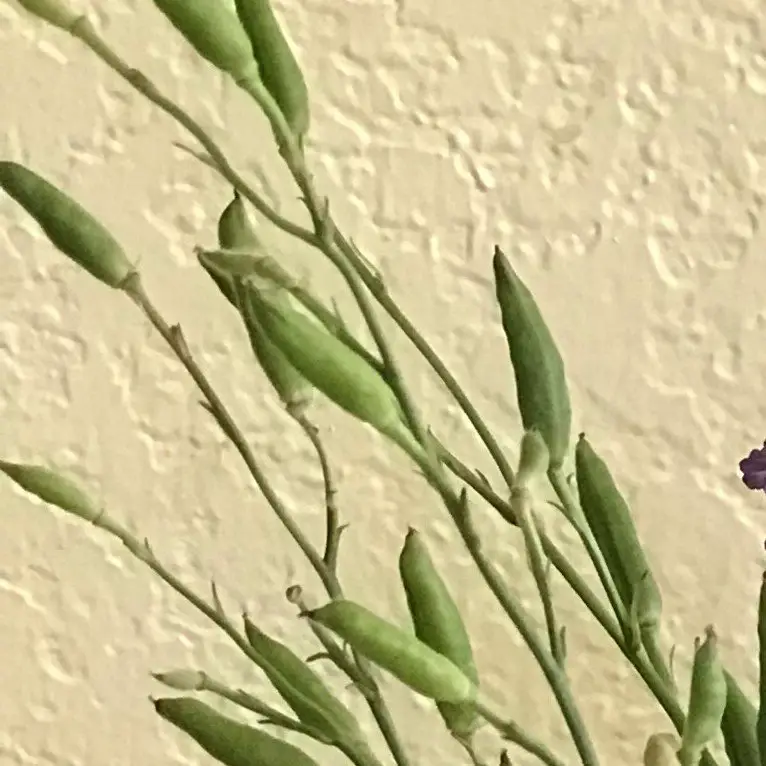
How to harvest cauliflower seeds?
First, to harvest any seeds make sure that the plant is an heirloom; otherwise, it won’t produce seeds true to the mother plant. Second, there should not be any flowering plants of the same family nearby to prevent cross-pollination, resulting in a different seed.
Allow the plant to bloom, and the bees will do their job of pollination. After a while seed pod will form. Leave them on the plant until mature and crisp. Then, pick the dry pods, and open them to get the tiny dark seeds inside them.
Keep the seeds in a paper seed packet or a small glass jar. Store them in a dark, dry place. Brassica seeds have a good shelf life of about five years.
Nutritional value of cauliflower
Cauliflower has a low-calorie count and high content of vitamins C, B6, and k, making it the number one choice for dieters. It also contains a considerable amount of folates and minerals. For more details, read here.
